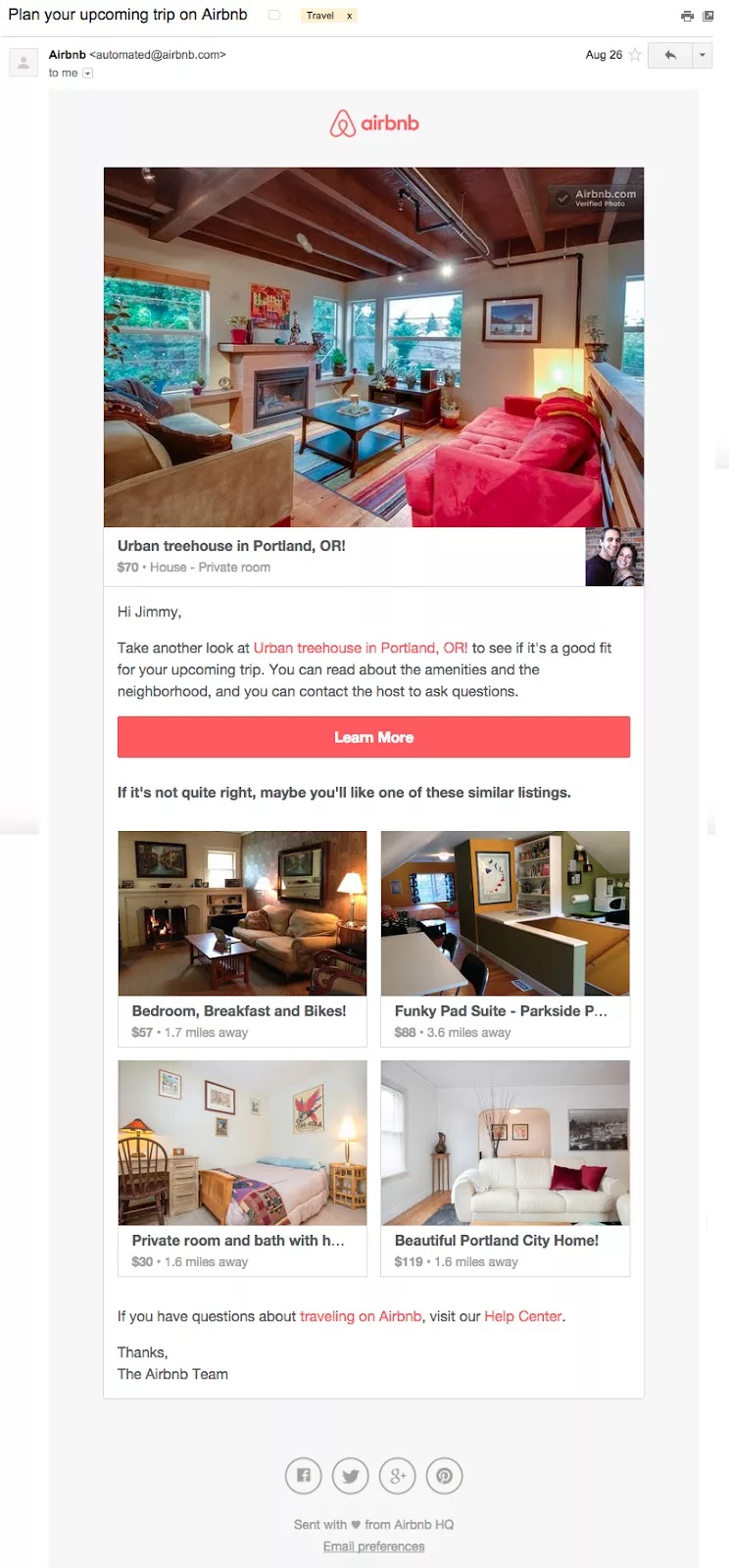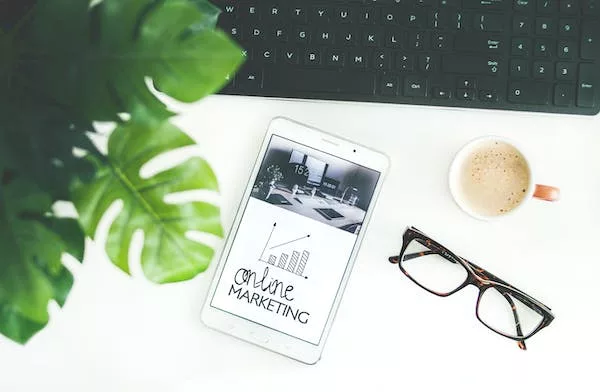There are 4 billion daily email users.
In today’s fast-paced digital landscape, more than generic mass emails is required to capture the attention of your audience. To truly engage your subscribers and drive conversions, personalization is key. And that’s where email segmentation comes into play.
Email Segmentation is the art of dividing your email list into distinct groups based on specific criteria, allowing you to deliver targeted and highly relevant content to each segment. By tailoring your messages to individual preferences, behaviors, or demographics, you can create a personalized experience that resonates with your subscribers.
In this comprehensive guide, we will delve into a variety of segmentation strategies that can elevate your email campaigns to new heights. Additionally, we’ll explore the modern realm of Contract Management, Contract Automation, and Contract Lifecycle Management (CLM) Software, shedding light on how these practices synergize with effective email marketing.
What is segmentation in email marketing?
Email segmentation is the division of email marketing subscribers into smaller, more targeted groups based on specific criteria or characteristics. This means instead of sending a generic message to your entire email list, segmentation allows you to tailor and personalize your email campaigns. Your brand meets the needs and preferences of different segments of your audience.
As per stats, 58% of revenue for Spotify marketers is generated by segmented and personalized emails.
For example: Recently started sending personalized playlists, artist recommendations, concert notifications, and curated content based on the user’s music taste. It did this by segmenting its users based on their music preferences, listening habits, and engagement level. Spotify used its user’s location and language preferences to deliver better content and recommendations.

Source: Harvard.edu
Before going on further it’s important to understand the “Why” behind the email segmentation?
Every customer is unique. Factors like demographics (age, gender, location), psychographics (interests, preferences, behavior), purchase history, and engagement level affect how your audience reacts to your email content.
By segmenting your email list, you can create more targeted and relevant content, resulting in higher open rates, click-through rates, and overall engagement. Segmentation helps you deliver the right message to the right people at the right time, which can significantly improve the efficacy of your email content, offers, or updates.
As David Newman said, “E-mail has an ability many channels don’t, personal touches— at scale”. Ultimately, segmentation helps you build stronger relationships with your subscribers, increase customer satisfaction, and drive better results for your business.
Benefits of segmenting your email marketing campaigns
Want to boost your customer satisfaction and retention rates? Want to send more relevant messages so that your subscribers can act on them? Segmentation has more benefits than you can ever imagine.
Email marketing segmentation is the art of thinking in groups to uplift your marketing results. Companies like Adidas use the benefit of email segmentation to divide customers into professional runners, and trail runners. Adidas could segment its email marketing campaign based on gender. They can tailor their messages and product recommendations to appeal to male and female customers separately.
For example, they can send emails featuring women’s running shoes and apparel to their female subscribers, and emails showcasing men’s soccer cleats and activewear to their male subscribers.

Source: Peppercontent
It’s not a surprise that professional marketers have found a 760% increase in revenue from building email lists and using email campaigns. We have a guide for everything today whether it is to find Instagram influencers or increasing email subscribers list.
Sending irrelevant or undue emails can lead to higher unsubscribe rates and spam complaints. Email segmentation helps you to avoid this by ensuring that subscribers only receive emails that are relevant to them.
When recipients find value in the emails they receive, they are less likely to unsubscribe or mark their emails as spam.
A global study by Mailchimp found that segmented emails have a 14.31% higher open rate and a 100.95% higher click-through rate than non-segmented campaigns.
Here are a few factors that determine segmentation in email marketing:
- Demographics: Age, gender, location, language, job title, or any other relevant demographic information helps you target your audience on the basis of their location.

Source: Zapier
For example: See how the Groupon email above was sent to someone who lives in Las Vegas. Although LEGOLAND is located in California, Southern California is a popular destination for Las Vegans. When people sign up for your email list, you can include a field in your signup form. Now they can input their location information, such as city, state, country, or postal code. Alternatively, you can use IP-based geolocation to determine their approximate location.
customer.
- Psychographics: It is a type of segmentation that allows you to differentiate your audience based on their Interests, hobbies, lifestyles, values, attitudes, or other psychological characteristics that shape consumer behavior.
For example, Companies like Airbnb utilizes psychographics segmentation to understand the preferences and travel styles of their customers. They tailor their email marketing campaigns to different segments, such as adventure seekers, luxury travelers, and budget-conscious individuals.

Source: Getvaro
By understanding their customers’ psychographic profiles, Airbnb can send personalized recommendations and promotions that align with their interests and travel preferences.
- Behavior: This email segmentation depends on your customer’s purchase history, browsing patterns, engagement level with previous emails or website interactions, or any other actions taken by subscribers.
For example: Let’s consider a brand called Fitlife which offers fitness equipment and accessories. Imagine FitLife segments its customers based on their purchase frequency.
They may have segments like “Frequent Buyers,” “Occasional Buyers,” and “One-Time Buyers.” This segmentation allows them to send personalized emails to each segment, such as exclusive discounts to frequent buyers, product recommendations to occasional buyers, and customer loyalty rewards to one-time buyers.

Source: Bondsai
- Preferences: Email is a way of communicating and segmenting your email on the basis of communication preferences, such as frequency or type of content preferred (e.g., newsletters, promotions, educational content).
Big brands like Sephora incorporate preferences into their email segmentation strategy. They collect data on customers’ beauty preferences, such as skincare concerns, makeup styles, and product preferences.
After that, they use this information to send personalized product recommendations, beauty tips, and exclusive offers that cater to each customer’s unique preferences.
Types of segmentation strategies
Experts like Jordie van Rijn, email marketing consultant and founder of EmailMonday claim, “Email segmentation is the backbone of successful email marketing campaigns. It enables you to understand your audience better and create targeted, personalized content that resonates with each segment. By leveraging segmentation, you can improve your email deliverability, engagement rates, and overall campaign performance. It’s a proven strategy that consistently delivers better results.”
This conveys that crafting messages that fit the email segments can make or break your stance as an email marketer. Now is the time to define the types of email segmentation since it is part of a healthy email marketing strategy.
To get the most out of your email segmentation process, here are some common types of segmentation strategies:
- Built a loyalty program: Loyalty programs work like a catalyst for customers who are already interested in your product and need a little push to hit that “buy” button. It’s a good strategy to remind your customers that their actions are valued. You can do this by sending personalized and relevant messages to different segments of your customer base.
Understand your customer preferences and behavior through segmentation, you can tailor your loyalty program communication to each segment’s specific interests and needs.
For example, you can send selective offers, rewards, or exclusive content to specific segments based on their purchase history or engagement level. You can confirm when rewards are earned and create a unique token that your customers can redeem toward purchases in their stores.
For example, Nook Vibrant Kitchen, a plant-based meal delivery service, offers customers to earn, and redeem, referrals, its bottle return program, and ends with a call to join the program. They segmented their email campaigns on the basis of Nook points. Sending personalized emails for ways to earn and redeem and reminding your customers about the steps they are missing is a great way to eliminate any confusion.

Source: blog.smile.io
- Segmentation by the willingness of customers to make a purchase: These are contacts who have shown strong indication of purchase intent for your products and services. They may have abandoned a shopping cart, repeatedly visited product pages, or engaged with your product offers. Segmenting these contacts allows you to send targeted emails with compelling offers, product recommendations, or limited-time promotions to encourage them to convert.
Create a list of contacts and organize all the details related to them. Now you can choose to send emails to people who are closer to your brand and can boost your email campaigns R.O.I.
Deliver educational and informative content, testimonials, case studies, or customer success stories to build trust and move them closer to a purchase decision.
- Behavioral Segmentation: Behavioral segmentation is a cost-effective way to find your most engaged users. Based on subscribers’ past behaviors, actions, and interactions you can easily find out how many emails a subscriber needs before they turn into a loyal customer.
Behavioral segmentation helps target subscribers based on their demonstrated interests and engagement. The first step is to define goals, identify relevant behavioral data and then collect and track data. You can develop tailored email content that resonates with each segment.
Amazon (one of the largest retailers) segments its customers based on their purchasing behavior. They focus on customers during the buyer readiness stage. And then introduce options like ‘Wish List’ where they can select the product and add it to the cart later.
This strategy allows them to use this information and bring the customer closer to the buying stage.

Source: Hubspot
- Customer Lifecycle Segmentation: This segmentation strategy divides subscribers into different stages of the customer lifecycle, such as new subscribers, active customers, loyal customers, or dormant subscribers. Since one size doesn’t fit most, it’s important to tailor your emails based on the specific needs and behaviors associated with each stage of the customer journey.
For example, Uber utilizes customer lifecycle segmentation to send targeted emails based on their user activity and location. They send personalized emails with promotions and discounts for specific locations, re-engagement emails to inactive users, and emails notifying customers about new features or enhancements.

Source: Demand curve
- Think Mobile and then Desktop: As per stats, Nearly 1 in 5 email campaigns aren’t optimized for mobile devices. Also, 42.3% of email recipients delete messages if they are not optimized for mobiles.
Begin by gathering information about your subscribers’ device preferences. You can do this by tracking the devices they use to open your emails. This data will help you understand the mobile and desktop distribution within your email list.
Once you have the necessary data, segment your email list into two groups: mobile users and desktop users. You can use the data you collected to determine which subscribers predominantly use mobile devices and which prefer desktops.
Now is the time to create email campaigns that are optimized for each segment. Mobile users often have smaller screens and may interact differently with emails compared to desktop users.
Strategies to boost email campaign effectiveness
Various segmentation strategies can be employed in email marketing to target specific groups of subscribers. Just like you create a lead generation funnel that boosts conversion, there are strategies to boost the effectiveness of your email campaigns:
- Segment your email list: As mentioned earlier, segmenting your email list allows you to send more targeted and personalized content to specific groups of subscribers. Email marketing best practices include tailoring your messages to their interests and preferences, to increase engagement and conversion rates.
- Craft compelling subject lines: The subject line is the first thing recipients see, and it plays a crucial role in determining whether they open your email or not. Use attention-grabbing and concise subject lines that create curiosity, highlight value, or evoke emotions to entice recipients to open your emails.
Catchy email subject lines like “✔ 63-Point Checklist for Creating the Ultimate Optin Form” or “Grow your email list 10X ⚡ faster with these 30 content upgrade ideas” creates excitement and encourages people to see what’s in the email for them.
- Optimize email design and layout: Ensure that your emails are visually appealing, well-structured, and optimized for various devices and screen sizes. Well, this is important if you want better rankings of your website with the help of SEO and email marketing.
Use a clean and professional design that aligns with your brand, incorporates visuals strategically, and utilizes clear calls to action (CTAs) to guide recipients toward desired actions.
A talented graphic designer can create engaging and visually appealing elements that not only attract recipients but also enhance the overall message of your communication.
Below is an example of an email designed by the Airbnb marketing team. This email is attractive and appealing with novel structure, font, and clear typography.

Source: mailmunch
- Personalize the content: Personalization goes beyond just addressing the recipient by their name. Customize the content based on their preferences, past interactions, and purchase history. Use dynamic content and merge tags to include relevant information that resonates with each recipient individually.
Here’s an example of a trigger-based email from Black Milk Clothing. They send out an email every time a customer abandons their shopping cart with items in it. As a bonus, they use a cute dog picture to add a little more persuasion.

Source: elasticemail
- Test and optimize: This is a no-brainer. Continuously test different elements of your email campaigns, such as subject lines, CTAs, email copy, images, and sending times. A/B testing allows you to compare different variations and identify the most effective elements for improving open rates, click-through rates, and conversions.
Conclusion
As they say, “Email is not dead. It’s alive and thriving. Don’t underestimate the power of a well-crafted email campaign to drive results for your business.” – Jay Baer
By implementing these strategies, you can enhance the effectiveness of your email campaigns, increase engagement with your subscribers, and drive better results for your business.
These email segmentation practices can be used individually or in combination, depending on your business goals and the data available about your subscribers.
Whether you want to grow your Instagram followers or loyal email base, implementing effective segmentation strategies helps optimize your email campaigns. It ensures that your messages resonate with the right audience, improving engagement and conversion rates.





